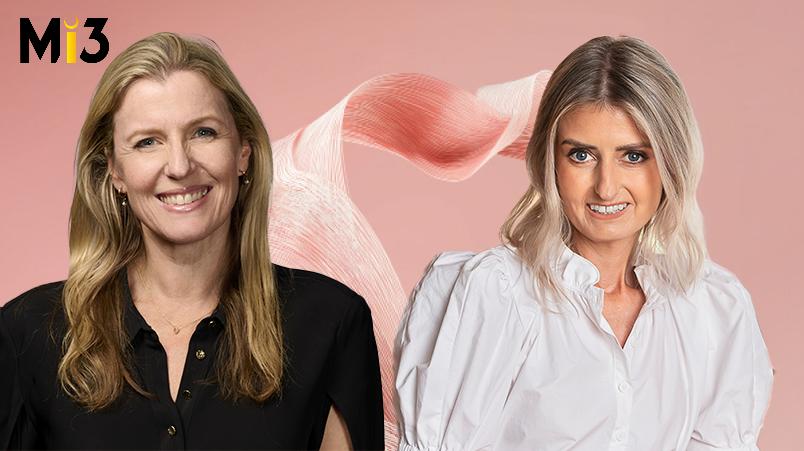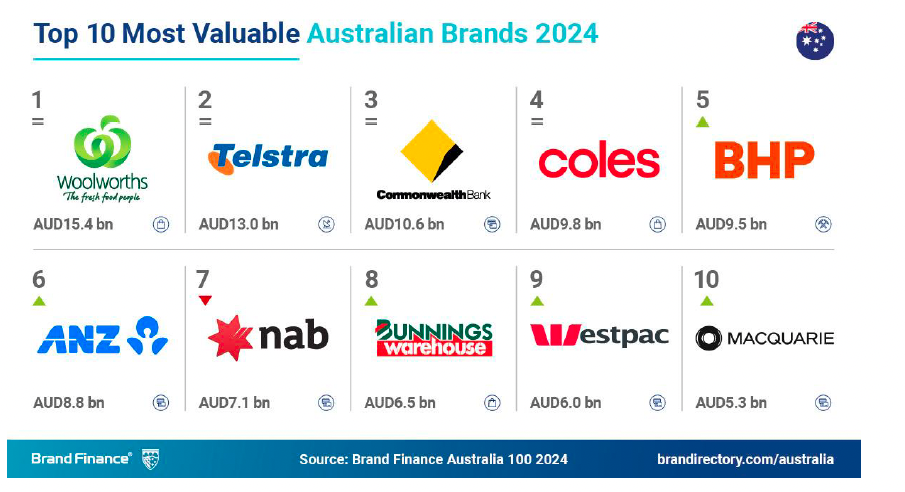From brand funnels to demand power: What Treasury Wine Estates tech and marketing chiefs are doing to jointly fuel the commercial playbook

Treasury Wine Estates’ recently launched Consumer HQ has been instrumental in changing the language of the marketing team from brand funnels to demand power, says CMO of its flagship Penfolds brand, Kristy Keyte. And it wouldn’t have come about without the critical contribution of her c-suite technology counterpart, Kate Whitney.
Having forged a career in marketing and digital with the likes of Marley Spoon, Pernod Ricard and David Jones, Whitney isn’t your typical chief digital, data and technology officer. So it’s perhaps not surprising her empathy for what modern marketers are trying to achieve – especially given their almost complete reliance on technology and data smarts – has been transforming the relationship for the better between Treasury’s marketing, digital and technology functions.
Describing her team’s task as one of “powering a commercial playbook”, helping the marketing team to understand where to play and how to win “before even starting to think about something like a campaign”, one of Whitney’s first initiatives was to bring Treasury’s Consumer HQ portal to life. The portal brings together all of the latest research and consumer inferences, including what Keyte boasts as the largest usage and attitudes study done to date in wine. There’s also brand health tracking data, powered by Kantar, with attributes and how these connect to customer segments, all available as a self-service tool to Treasury’s marketers.
“It’s changed our language so much more than brand funnels as we’re now talking about demand power,” Keyte says. “The most exciting part is AI agents: Our team can now use AI to access all of this data in a way that’s meaningful for the challenge they have at that particular moment.”
When you start to look at marketing KPIs and digital, data and technology KPIs, we’re all actually after the same thing: The perfect order, perfect transaction, the perfect brand home visit. We’re relying on each other as well.
Bridging the gap between marketing and IT
Things weren’t so harmonious between marketing and tech when Whitney arrived at Treasury two-and-a-half years ago, however. In the new CMO Awards special report, From Silos to synergies: Unlocking the CMO-CIO partnership. available for download here, Whitney and Keyte, along with CMOs and CIOs from Virgin Australia, IAG, University of Tasmania and Beyond Bank, share how they’re finding a way as leaders and functions to better collaborate for business and customer success.
It’s never been more crucial for marketing and IT to work together. Yet getting marketing and technology functions to collaborate proactively and well together remains a stubbornly persistent problem in many organisations. Last year’s Tata Consultancy / Institute for Real Growth Impact study, The Future of Growth: Unlocking the CMO-CIO Partnership found CMO-CIO engagement ranks the lowest in the c-suite (46 per cent), well behind CMO engagement with chief commercial officers (74 per cent), chief financial officers (72 per cent) and even chief human resources officers (70 per cent).
Among the roadblocks continuing to prolong disconnect include a lack of mutual understanding, misaligned goals and objectives, siloed teams and organisational structures, gaps between ambition and capabilities, a lack of respect and trust, resources and budget limitations, and internal resistance to change.
Whitney herself admits she’s still working to bust all the myths and notions she brought with her of what technology teams will and won’t do, while learning the personas and different stereotypes within the organisation. But what she has gleaned personally, and subsequently been able to foster more widely, is a shared understanding of the complexity and risks involved in technology.
“I have a much closer understanding and appreciation of that. Because yes, I did come in with the assumption it surely can’t take that long and it surely can’t cost that much,” Whitney says, adding her first thought was just to halve the price tag of whatever tech was quoting for work internally.
“More than two years in, I would say, and I think my exec would agree, that I’ve really started to ask better questions and get better answers. The reason the tech team tends to go very conservatively on a cost and time estimate is because you don’t have the right information to give you a better number,” Whitney explains.
“Rather than go with the ugly number, I just keep asking questions, and eventually you get a number that’s much more realistic. In every single way, this has proven to be very successful. The tech team feels more informed and they’re able to provide a number that they’re not terrified of. And the fact we’re asking all those questions means the business really gets to understand what they’re asking for a lot more as well.
“We never take a request anymore at face value. We just keep asking the five whys until you finally get to the real nub of what are you looking for, then we work collaboratively to solve it.”
We’ve got plans that are five years’ out we can now share with Kate and her team around what we want to do, which means we can start experimenting with things now with a joint vision in mind of where we want to get to.
Ways of working, KPI shifts
Structural changes to ways of working have been another key step at Treasury. Whitney recruited the digital director from Penfolds as a key member of a new, meet-in-the-middle function that works with both marketing and traditional IT teams to power a more agile approach to digital marketing projects. There are additionally cross-functional project teams, with joint business KPIs and joint marketing/technology responsibility for performance.
And on any given project delivery, IT is responsible for a seamless consumer experience as much as marketing is responsible for standing up the brands to look perfect every time. Tech personnel are also more frequently in the business, onsite at Penfolds cellar doors and experiencing things at the external customer coalface.
“When you start to look at marketing KPIs and digital, data and technology KPIs, we’re all actually after the same thing: The perfect order, perfect transaction, the perfect brand home visit. We’re relying on each other as well,” adds Whitney.
Keyte insists she hasn’t had to use the stick to get marketing to work with tech either. “Sometimes, marketers just need help – as I do – with what are the right questions to ask,” Keyte says.
“So we share as far in advance as we can what our ambition is. The destinations and brand homes piece is a good example here: We’ve got plans that are five years’ out we can now share with Kate and her team around what we want to do, which means we can start experimenting with things now with a joint vision in mind of where we want to get to.”
Download your copy of the CMO Awards special report, From Silos to synergies: Unlocking the CMO-CIO partnership to read more about Treasury’s plans, as well as how CMOs and CIOs from Virgin Australia, IAG, Beyond Bank and University of Tasmania are joining forces to deliver customer and commercial results. This report is supported by our partners, Adobe, Publicis Groupe and News Australia.





